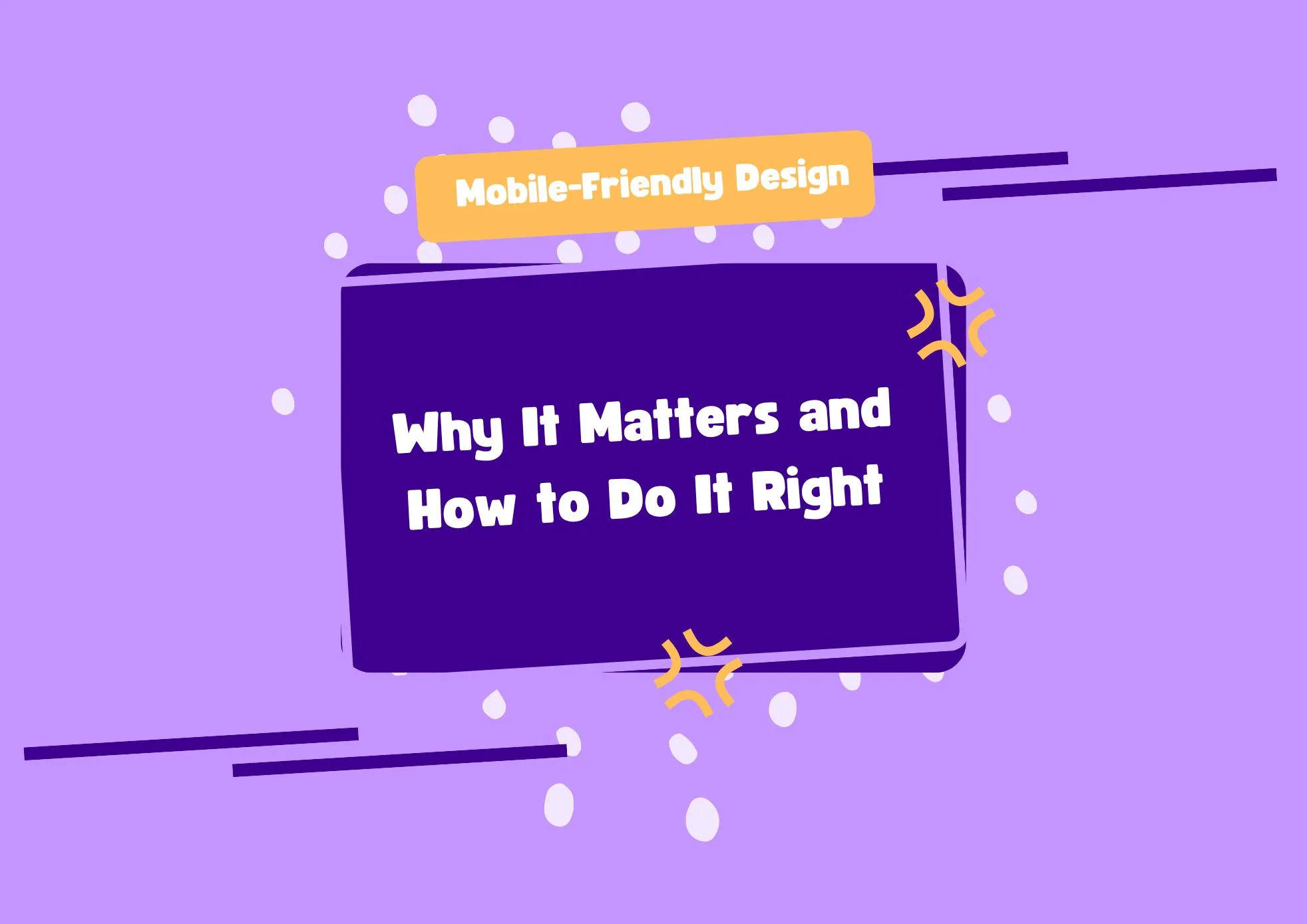What Is Mobile-Friendly Design?
Mobile-friendly design, also known as responsive web design, ensures that websites adapt seamlessly to different screen sizes, especially smartphones and tablets. It relies on fluid grids, flexible images, and media queries to deliver a consistent user experience across devices. Google has emphasized its importance since launching mobile-first indexing, which means it now primarily uses the mobile version of content for indexing and ranking.
Why Mobile Optimization Is Crucial
- Majority of Traffic Is Mobile
A significant portion of global web traffic comes from mobile devices. Ignoring mobile optimization can cut off access to more than half of your potential audience. - Higher Engagement and Conversions
Users are more likely to engage and convert on websites that are easy to use on mobile. Studies show that poor mobile experiences drive users away and damage brand credibility. - SEO and Rankings
Google’s algorithm gives preference to mobile-friendly websites. A poorly optimized site may rank lower in search engine results. - Improved User Experience
A responsive layout ensures that users can easily read, navigate, and interact with your content without unnecessary zooming or horizontal scrolling.
Mobile-Friendly Design Approaches
- Mobile-First Design
This approach starts with the smallest screen and scales up. It ensures the core experience is optimized for mobile users before adapting it for larger devices. - Responsive Web Design
This is the most widely used method. It employs flexible layouts that automatically adjust based on screen size and orientation. - Adaptive Design
Adaptive websites detect the device type and load a specific layout for it. This approach can deliver fast, customized experiences but is more complex to develop and maintain.
Best Practices for Mobile Design
- Simplify Navigation
Use hamburger menus or other compact navigation patterns to avoid clutter. Keep menus easy to access and consistent. - Touch-Friendly Elements
Make sure buttons and links are large enough to tap easily. Space them out to prevent accidental clicks. - Prioritize Performance
Optimize images and code for fast loading. Mobile users expect pages to load in under three seconds. - Readable Fonts and Layouts
Use legible font sizes and maintain appropriate line spacing. Avoid dense blocks of text and ensure content flows naturally. - Avoid Intrusive Popups
Google penalizes sites that use disruptive interstitials on mobile. Keep calls to action subtle and user-friendly. - Consistent Content Across Devices
Make sure the mobile version of your website contains the same essential content and metadata as the desktop version for SEO consistency.
Advanced Tips for Enhanced Mobile UX
- Use skeleton screens or placeholders during content loading to enhance perceived speed.
- Design with one-hand usage in mind by placing key controls within thumb reach.
- Use progressive enhancement to ensure core functionality works on all devices before adding advanced features for larger screens.
Mobile-friendly design is no longer optional. With the majority of users accessing websites via mobile devices, it’s critical for businesses to prioritize responsive, efficient, and user-centric web experiences. A well-optimized mobile design leads to better engagement, higher rankings, and increased conversions.



